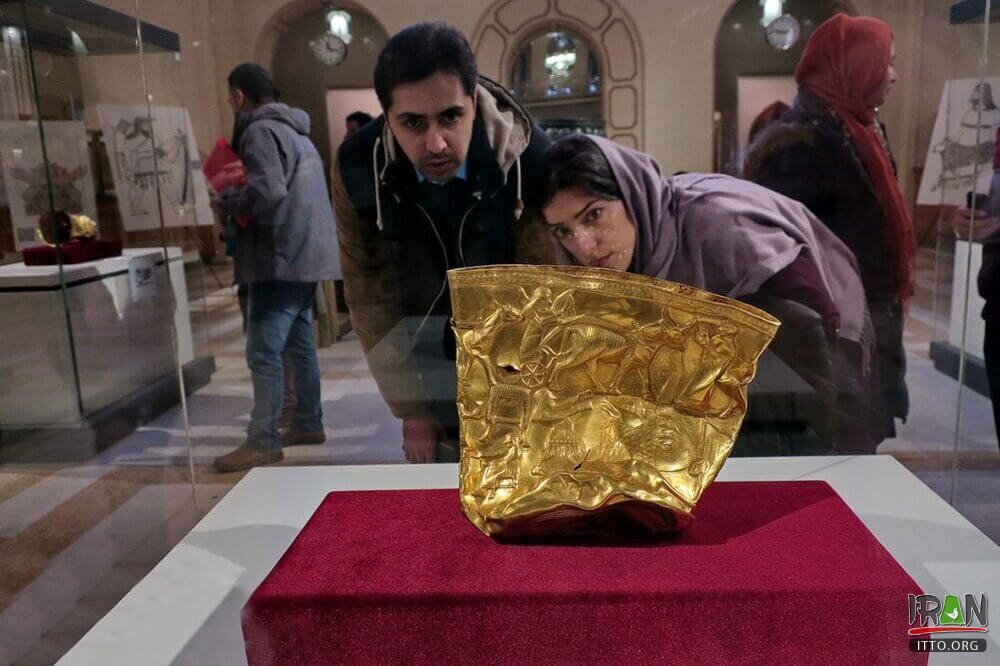Magnificent Hasanlu undergoing restoration project

TEHRAN – A rehabilitation and restoration project has been commenced on millennia-old Hasanlu, a magnificent archaeological site in northwestern Iran, which is highly hopped to be inscribed on the UNESCO World Heritage list in the near future.
In late June, a restoration and reorganization project was commenced on sections of the Hasanlu historical complex with a credit of 500 million rials (about $12,000), IRNA quoted Hassan Shiri, director of the ancient site, as saying on Monday.
Execution of protective coating of thatch on architectural remains; removal of disturbing vegetation; and restoration of passageways are amongst the most important tasks being taken in this ancient complex, the official noted.
“Restoration of damaged architectural remains, museum labels, and strengthening of lighting systems are amongst other missions being performed.”
Iran’s Ministry of Cultural Heritage, Tourism and Handicrafts is working on the possible inscription of Hasanlu on the UNESCO World Heritage list.
Among the most important objects uncovered at Hasanlu were an unusually decorated silver bowl, several iron garment pins headed by bronze lions, a solid gold bowl, a knife handle with gold cloisonné, and two hollow bronze horse heads that served to hold liquids.
According to the Britannica Encyclopedia, Hasanlu was inhabited from about 2100 to about 825 BC, but the richest period yet excavated dates to the 10th and 9th centuries BC. The period, often called “Mannaean” after the name of the people who lived in the area, is characterized by gray pottery accompanied by black and red varieties, the black ware being of a much finer quality and probably made in imitation of metal vessels
Experts say parallels to the motifs on the Hasanlu objects have been found in Elam, Assyria, north Syria, and Urartu, indicating that Iran not only received considerable cultural and artistic stimuli from other areas but also, in turn, exerted influence on the Middle East.
The excavations have revealed important knowledge about the prehistory of northwestern Iran, particularly during the late 2nd and early 1st millennia BC.
AFM/MG
Leave a Comment